Telecommuting In A Small Space During Stay-At-Home Order
As the situation with Coronavirus continues to progress, most of us are restricted from working. Some others in the other hand, they have been pushed to Telecommuting. Telework it’s a reality that will stay long after the pandemic is gone.
As it is shown by Global Citizen that not even one of the most successful celebrities on the international scene escapes working in conditions situated antipodes of the meaning of “ergonomic”.
Probably, Oprah’s workspace can’t get much better, as decoration, space and privacy are just on the level we can expect of a millionaire. However, the characteristics of each person’s home greatly determine the possibilities of adapting the home to the ergonomics that the workspace requires.
Just as we perceive the differences in confinement between those with a balcony and those who don’t even have outside windows, the grayscale of teleworking is just as extensive. There are people who are working in bed because they have no other place to do it, others who do it at the dining room table with their child demanding attention every three minutes and there is who copes with the day as they can sit on a kitchen stool.
And now that the telecommuting could be a reality for the next few months, many have had the same question: what could they do to improve this situation? But the reality is that not everyone can dedicate a room for this purpose. Between the office chairs running out of stock and some living in studios so small that there is not a single free corner to place a desk, the general photograph that we have left is far from the idyllic telework that we see on Instagram.
Is My Space Ergonomic?
According to HumanScale, ergonomics are all about designing for people, fitting the workspace to the user’s needs.
It is recommended to use a separate keyboard when working with a laptop and raise the computer a few centimeters so that the screen is at eye level. I’s also recommended that the keyboard be located with enough space from the edge of the table, so that it allows supporting the wrists when typing, and that the screen is at a minimum distance of 40 centimeters or 16 inches from the eyes.
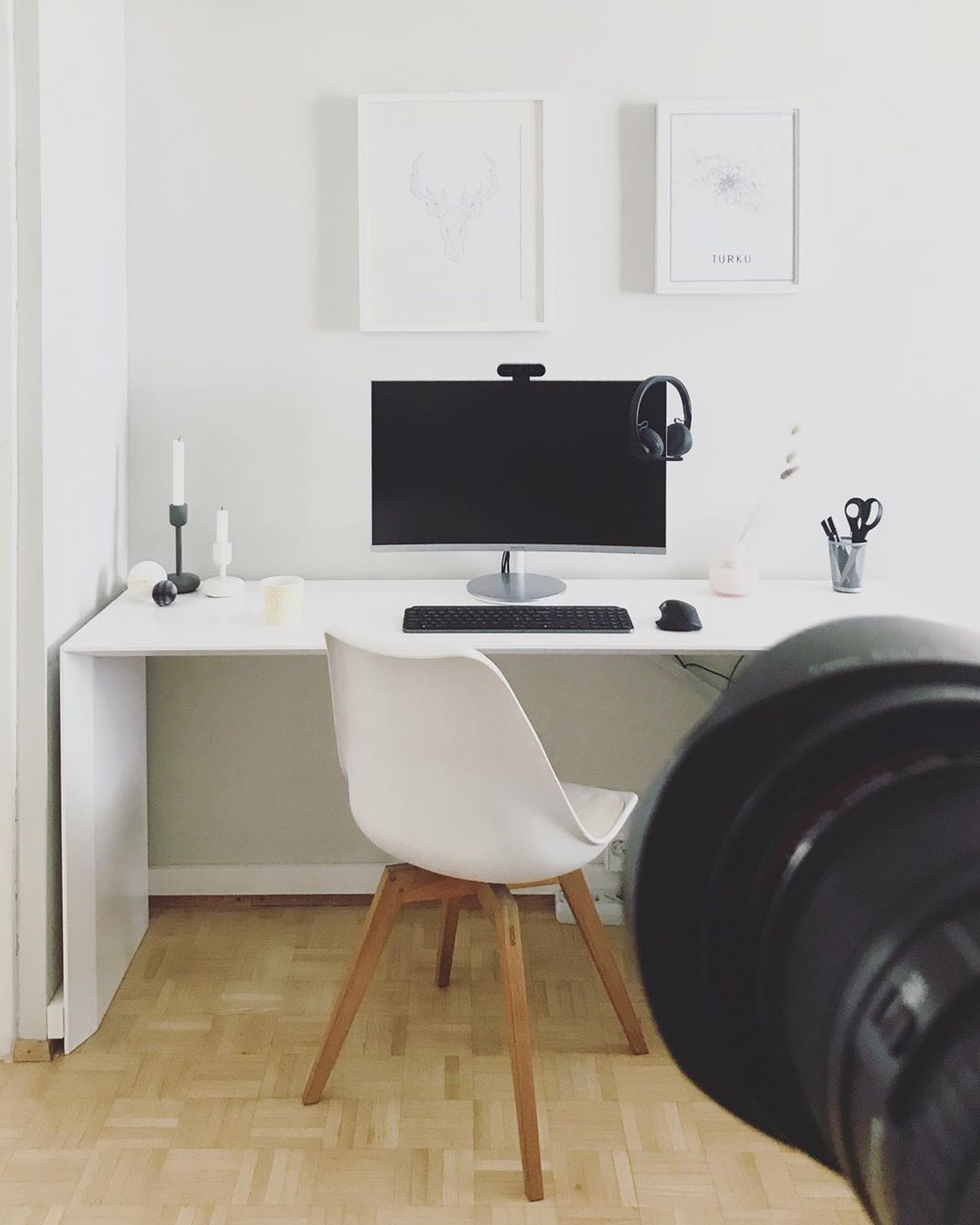
Obviously, the characteristics of the homes very often do not meet the minimum safety and health guidelines that the law requires of companies. For this reason, some companies have taken this aspect into account and have invested in improving the telecommuting conditions of their employees. But if you happen to be in your own for this, let’s overview the basics.
Now that weeks of stay-at-home have passed, We start to notice that back pain caused by working at the dining room table. You may have started looking at office chairs, but remember that you will need pace to store it after confinement.
According to data collected by Stackline, last March, the demand for office chairs grew by 104% compared to the figures of the same time last year. Likewise, the desire to get a new desk increased by 89% and the desire to get a computer monitor increased by 172%, becoming the thirtieth most demanded product in this quarantine. The trend is confirmed by entering Amazon and seeing that some best-selling chairs are sold out and that folding tables have become the best-selling in its category.
Mental Health During Confinement
When we work outside, when we leave the office we take a walk to the car, the subway or the bus. This allows us to gradually change the psychological way of working to enter another related to rest.

If the mere fact of being confined and teleworking already serves to increase anyone’s anxiety, living in a house that does not allow separating the work from the personal can sharpen it even more.
Not only is the lack of division of spaces a breeding ground for developing anxiety crises or depression, so is the deprivation of intimacy and the lack of concentration derived from mixing work with rest, or the constant attention of children around.
What can I do to Increase My Telecommuting Performance?
Adapt to yourself and your circumstances. When working from home one of the main attractions is the flexibility of schedules and the fact of being able to organize said schedule in the way that seems most appropriate to us. To do this properly, we cannot lose sight of what our needs are, for example, if I have children; and adapt our working hours to those needs so that they do not interfere with our work functions. It is also necessary to identify those times of the day when our performance capacity is greatest and take this into account.
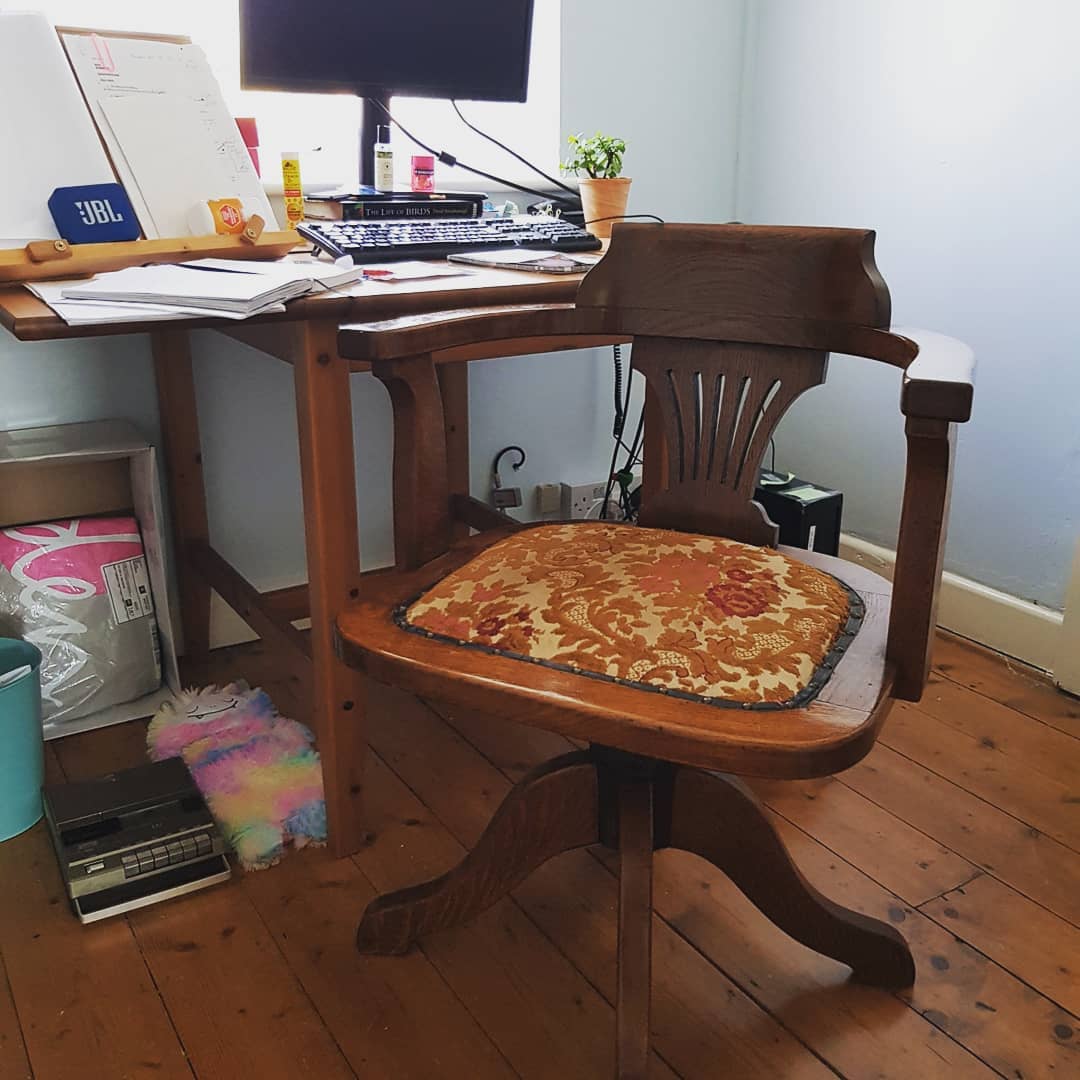
Establish Routines
Routines will help us establish a work habit and that our body and mind get used to working at certain times. In these routines it is necessary to have contemplated moments of rest and leisure. Routines are important, but we must be careful to be inflexible and know how to adapt these routines to the unforeseen or the needs that arise.
Take Care of the Workspace
It is necessary to have a specific space to carry out our work and only use it for it. This will allow us to separate our personal life from our work, as far as possible. Try to make your work environment as pleasant as possible: adequate furniture, cleanliness, order, adequate and natural lighting, a comfortable seat, good air conditioning …
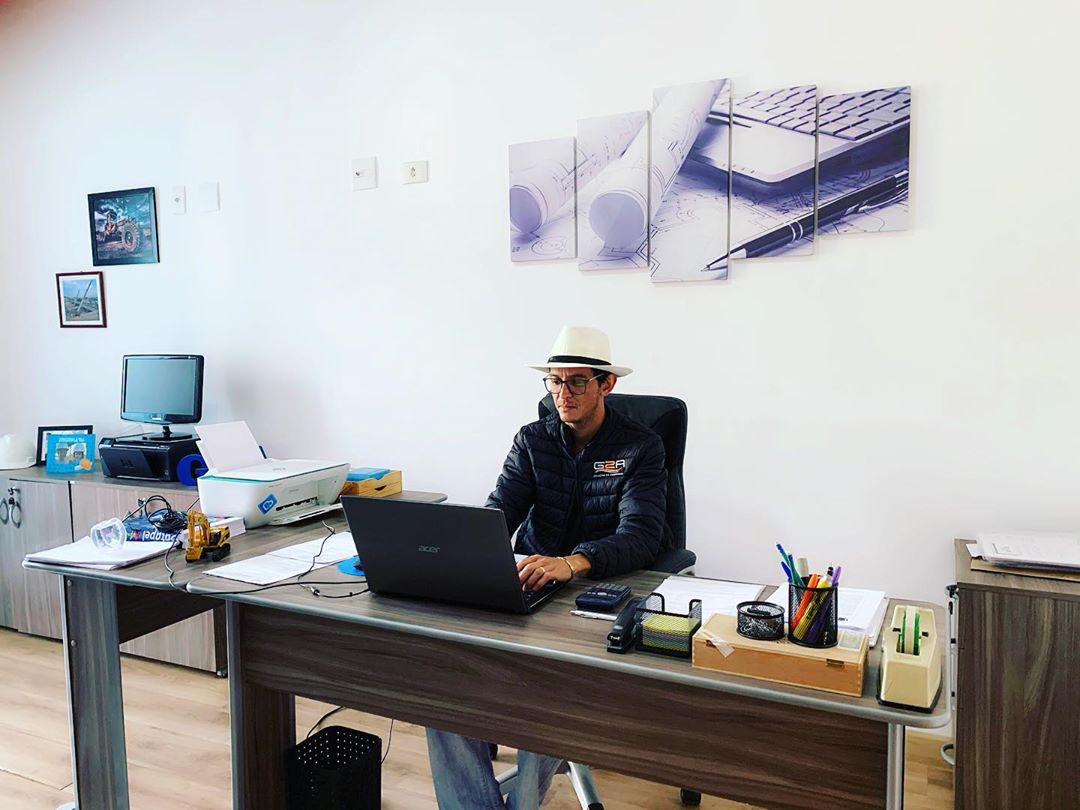
Learn how to manage interruptions
In order to reduce the number of distractions while telecommuting it can help us to determine a few time frames a day to answer emails, calls or messages. Tell every one at home about this time frame, and stick a sign on the door if it’s possible. In this way we will deal less continuously with the consequent interruptions that being at home entails.
Plan Your Next Day Telecommuting Work
It saves a lot of time to spend a few minutes planning the tasks to be undertaken the next day. Working on a plan makes things easier. In this planning, it is advisable to take into account the priority of the tasks and schedule them according to their importance, always placing the most important ones first.
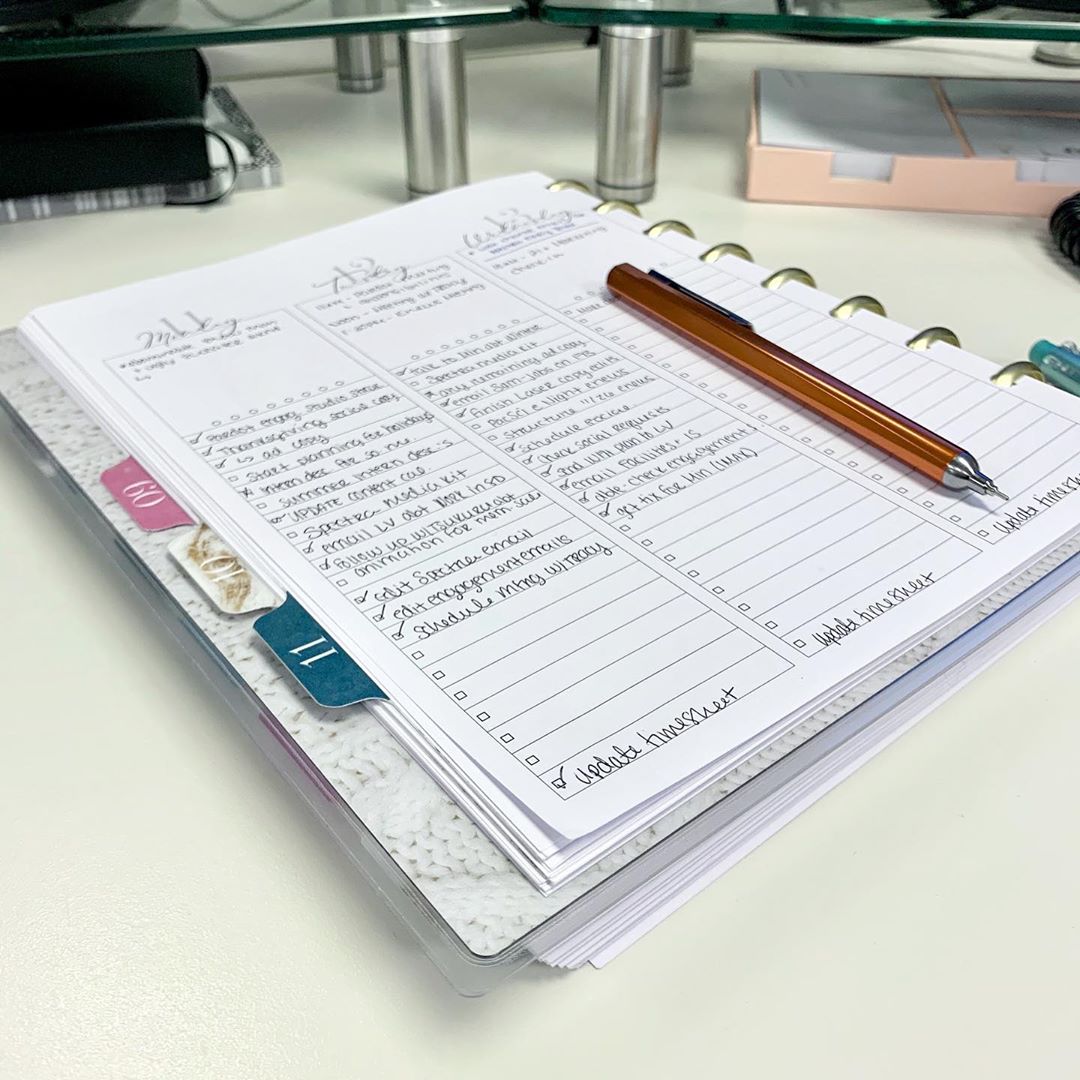
Adapt Your Chair
The chair is one of the props of good postural health, which will prevent back injuries, but also knee and even elbow and wrist injuries. The ideal would be to have an office chair, on wheels, reclining, with arms and adaptable height to be able to modulate the height at which the table surface should be, which must be approximately a few centimeters above the navel.
If we do not have this type of chair, we will have to find a way to adapt one. For example using books under the legs to raise the height of the chair so that we fit properly on the table.

We can also use pillows on the backrest to accommodate the posture, and again books to support the feet, so that the legs are properly bent at a 90º angle and neither the knees nor the ankles or the calves have to do an over effort.
Natural light and Some Decoration Touch
Natural light will help you not have to strain your eyes and save energy. If this is not possible, another alternative is to use lighting elements that simulate sunlight as much as possible, providing a warm and functional touch. To do this, a table lamp and an ambient light will act as perfect companions.
When telecommuting for long hours, ergonomics plays a fundamental role when it comes to reconciling employment and health. Remember that comfort is not at odds with design. We must get some furniture that integrates with the style of our house, a goal to which light tones and natural materials contribute. A comfortable chair and a functional and spacious table will be your best allies.

Shelves, drawers, filing cabinets… Any of these elements will help you to order, save and classify everything. For efficient home work, order and organization is essential. If you have enough space, we advise you to create moodboards, weekly planners and, of course, some motivating phrase or inspiring photo.
In addition, we can add a touch of color and freshness to our work area through natural plants. Decorative objects such as boxes, frames or small sculptures are used to decorate shelves and shelves without overloading the environment or creating many distractions.
No Extra Room?
The most common option is to choose the dining room table as a work space for Telecommuting. The living room is usually the largest space in the house and, therefore, is always the most chosen. However, when we put it into practice, we realize that it is the noisiest and most used room in the house, so we have to constantly adapt it to the needs of the moment.
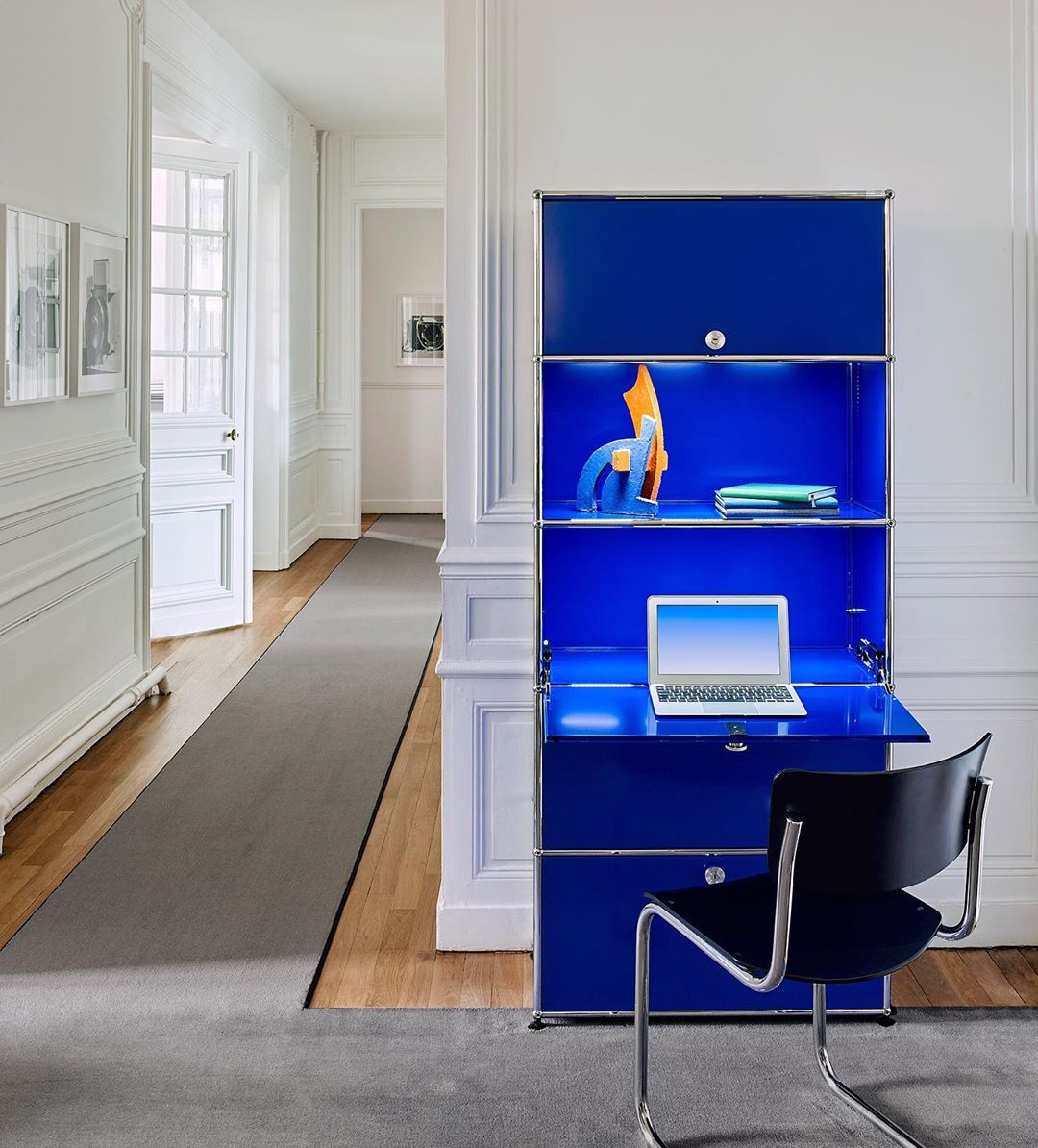
Considering that in most homes more than one person lives, the bedroom is the quietest room in the house. Following this idea, the living room will be used for leisure, children’s games and audiovisual activities, while the bedroom, intended solely for rest, will house the tranquility we seek for work.
If we also count that in such an exceptional situation as this, videoconferences have become part of our routine, we must find a place where tranquility and silence reign, thus avoiding the common areas where there is more noise and traffic of people. Also, they usually have large windows where the light falls directly, so improvising a desk in a free corner may be the best option.






